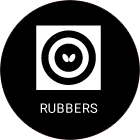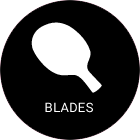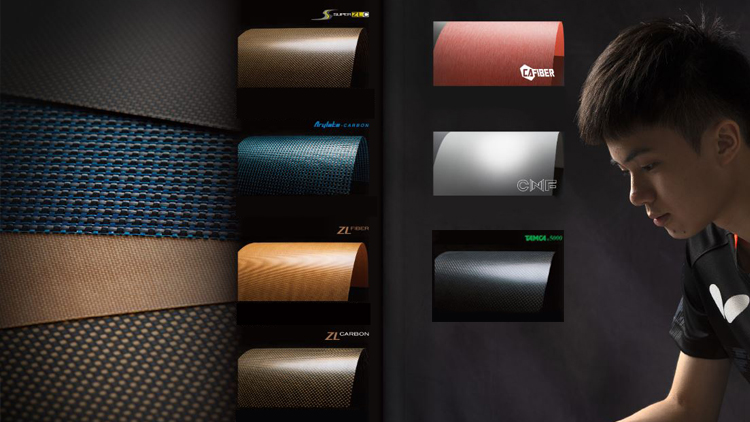
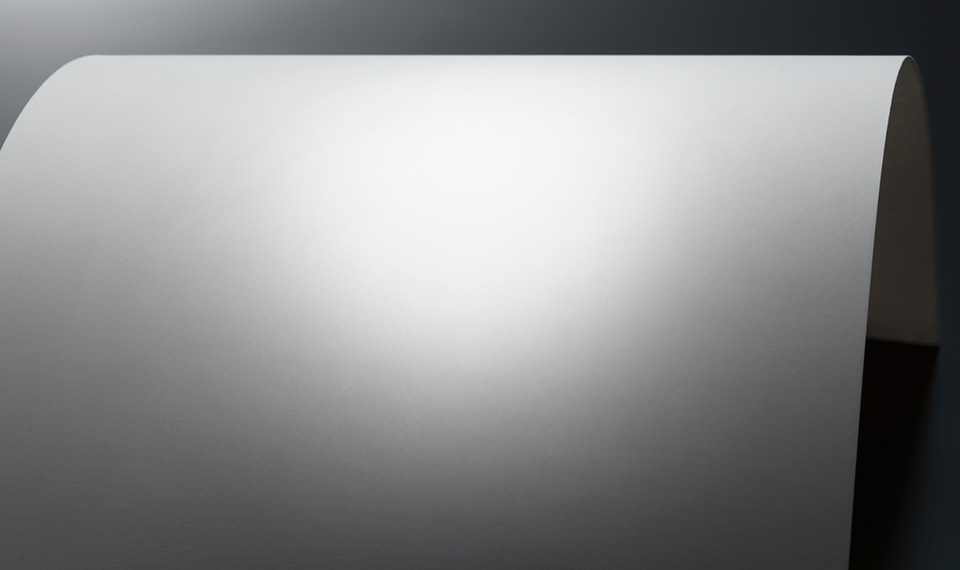

CNF Cellulose Nanofiber
The latest fine fibers It is modeled after loosening plant fibers, such as wood, in nano size (1 nm is 1/1,000,000 of 1 mm). keeps vibrations lower which gives the feeling of sticking the ping pong ball on the racket Even with a high bounce back

Super ZL-Carbon has 1.8x more densely woven Carbon-Fiber and ZL-Fiber compared to ZL-Carbon by using a special technology to make the ball bounce evenly across the face. This makes it possible for players to advance to the next level.
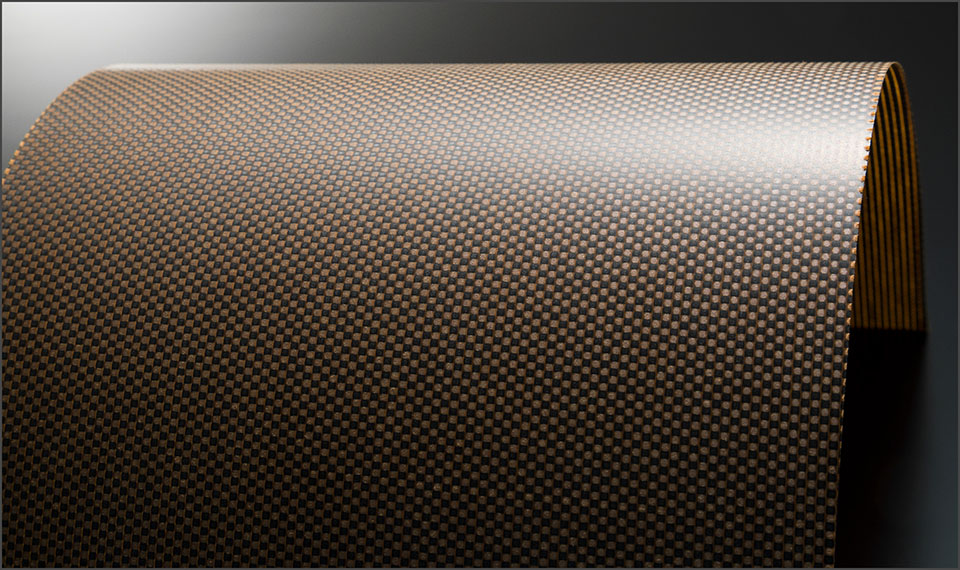
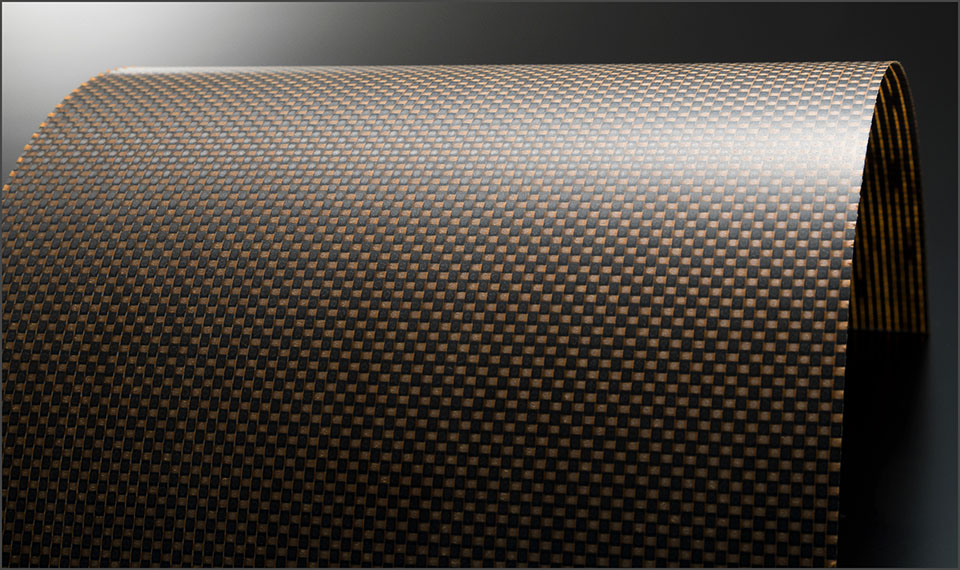

ZL-Carbon is a perfect combination of Carbon fiber and ZL-Fiber.
Carbon fiber produces high bounce and ZL-Fiber provides strength. flexibility and light weight
ZL-Carbon is the fiber that gives the racket a high level of performance.

ZL Fiber A fiber with a detailed molecular structure that is strong and flexible to a ratio of 10. The percentage is lower than Carbon fiber, thus making the wood lighter and more efficient.
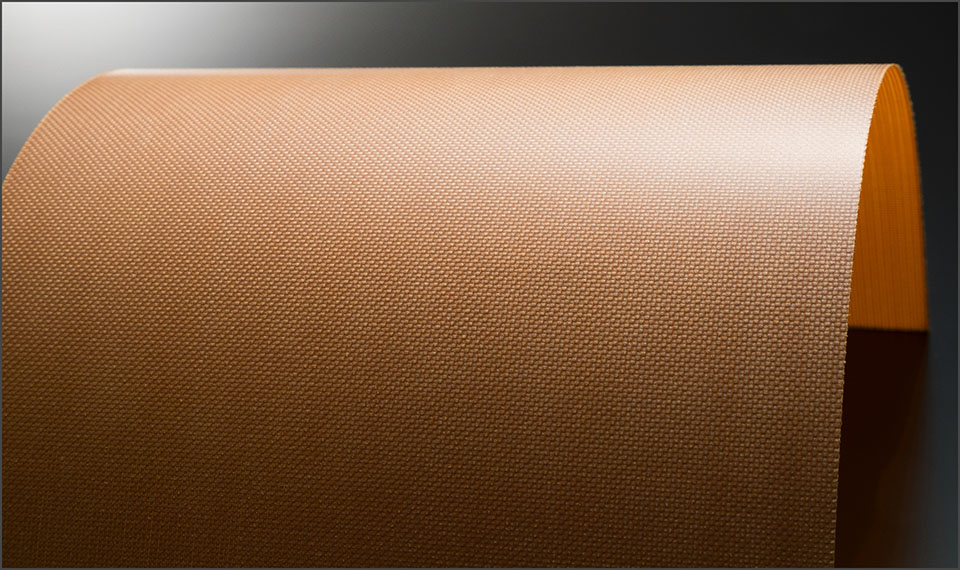
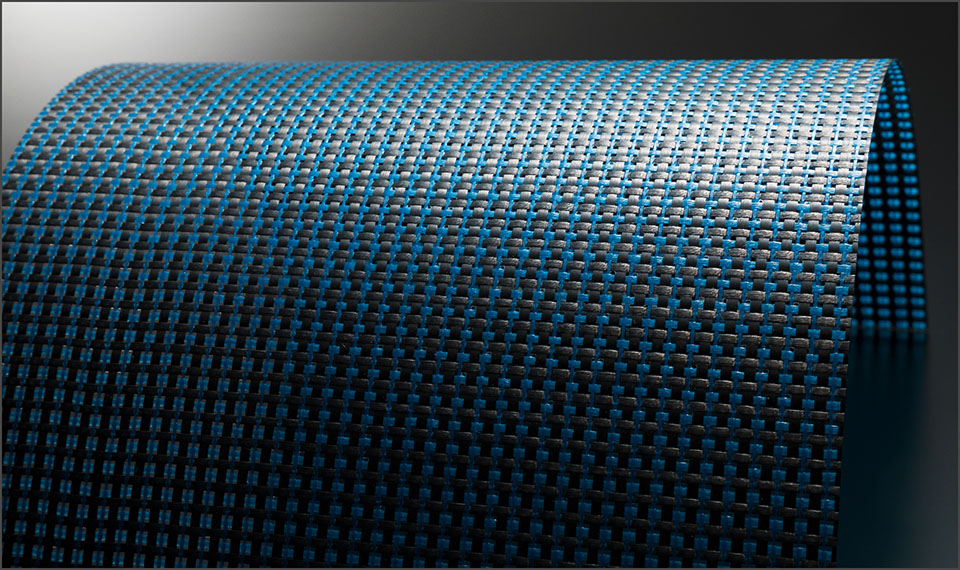

Carbon Arylate
Arylate – Carbon is a unique material created from a blend of Arylate and Carbon.
Arylate-Carbon rackets provide power, speed and control.

Tamca 5000
Carbon (TAMCA – 5000), strong and light.
Tamca 5000 is six times stronger. But only one-fifth the weight of iron and steel, wood with TAMCA-5000 is lighter. and strong with high flexibility and provide high efficiency as well
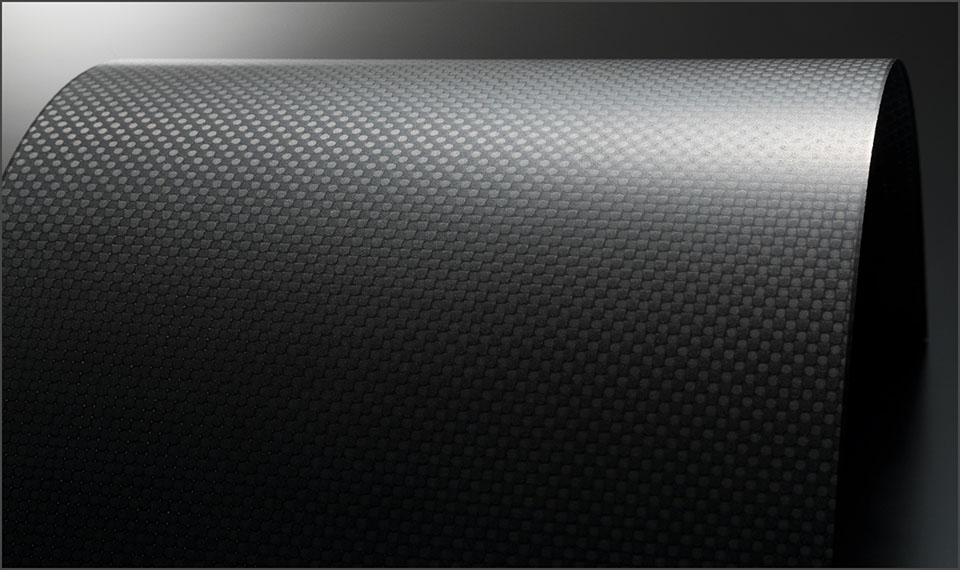
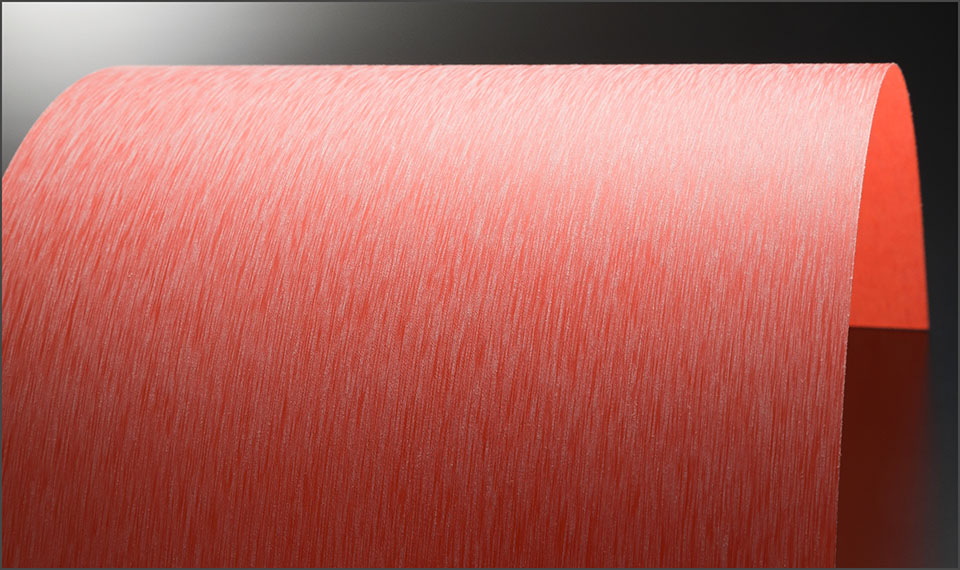

CA fiber is a special material modeled on wood. Due to its high flexibility, it helps to “stick” the ball and also focuses on a higher level of control. In addition, high tensile strength So it has good speed.

